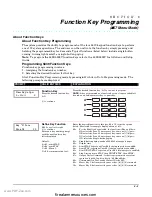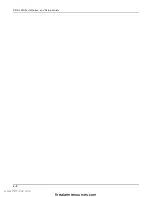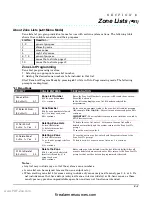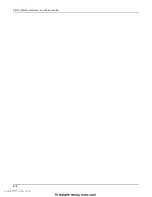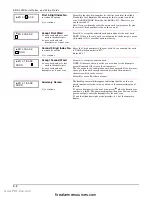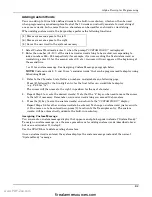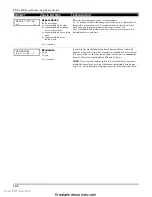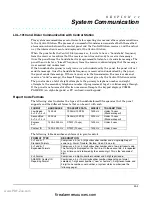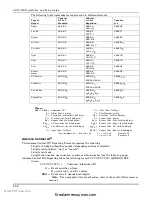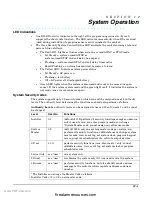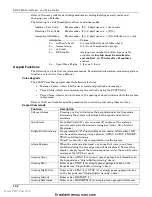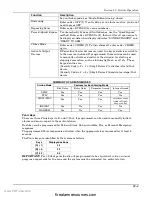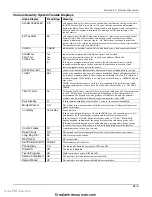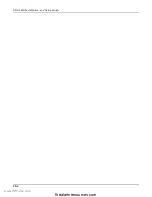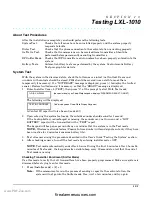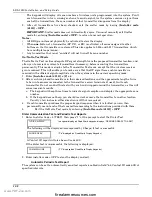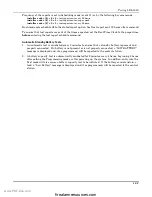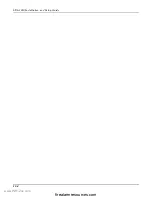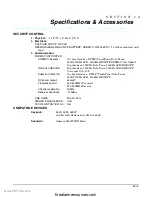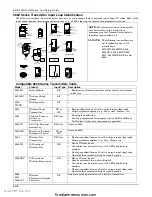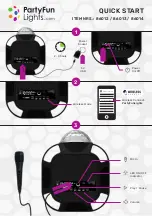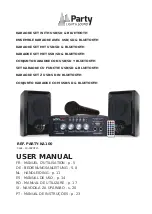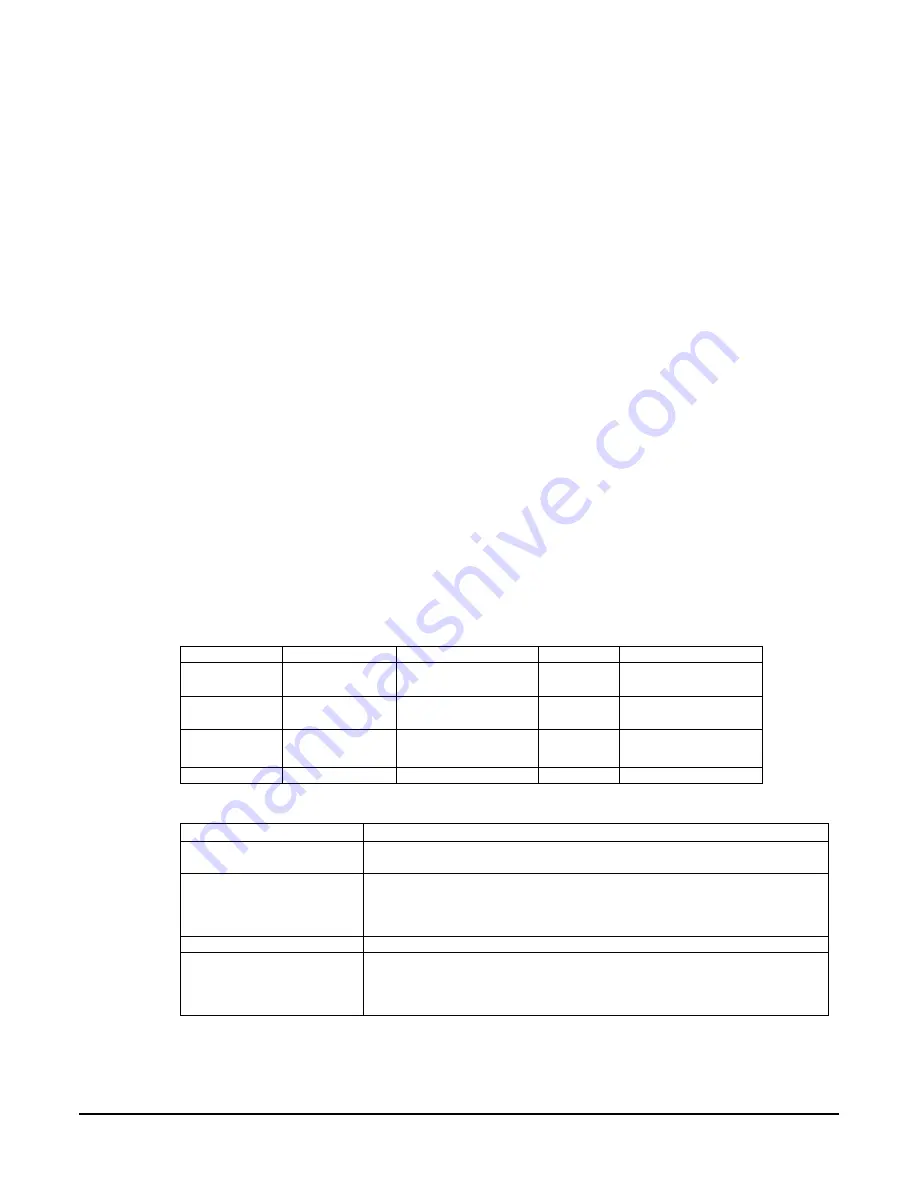
11-1
S E C T I O N 1 1
System Communication
• • • • • • • • • • • • • • • • • • • • • • • • • • • • • • • • • • • • • • •
LXL-1010 and Dialer Communication with Central Station
This system accommodates several formats for reporting alarms and other system conditions
to the Central Station. The process of a successful transmission consists of both the method
of communication between the control panel and the Central Station receiver; and the actual
way the information is sent and displayed at the Central Station.
When the panel calls the Central Station receiver, it waits to hear a “handshake” frequency
from the receiver to confirm that the receiver is on-line and ready to receive its message.
Once the panel hears the handshake it is programmed to listen for, it sends its message. The
panel then waits for a “kissoff” frequency from the receiver acknowledging that the message
was received and understood.
If the handshake frequency is not given or is not understood by the panel, the panel will not
send its message. Once the handshake frequency is received and understood by the panel,
the panel sends its message. If there is an error in the transmission (the receiver does not
receive a “valid” message), the kissoff frequency is not given by the Central Station receiver.
The panel makes a total of eight attempts to the primary telephone number and eight
attempts to the secondary telephone number (if programmed) to get a valid message through.
If the panel is not successful after its numerous attempts, the keypad displays COMM.
FAILURE (on alpha keypads) or FC (on fixed-word keypads).
Report Code Formats
The following chart indicates the types of (handshake/kissoff) frequencies that the panel
supports and the different formats that can be sent with each.
FORMAT
HANDSHAKE
TRANSMITS DATA
KISSOFF
TRANSMIT TIME
Low Speed
1400 Hz
1900Hz (10PPS)
1400 Hz
Under 15 secs
3+1, 4+1, 4+2
(Standard report)
Sescoa/Rad 2300
Hz
1800Hz (20PPS)
2300 Hz
Under 10 secs
3+1, 4+1, 4+2
(Standard report)
Express 1400–2300 Hz
DTMF (10 cps)
1400 Hz
Under 3 secs
4+2
Contact ID
1400–2300 Hz
DTMF (10 cps)
1400 Hz
Under 3 secs
The following table describes each format in greater detail.
FORMAT TYPE
DESCRIPTION
3+1 and 4+1
Standard Formats
Comprises a 3- (or 4-) digit subscriber number and a single-digit report
code (e.g., Alarm, Trouble, Restore, Open, Close, etc).
3+1 and 4+1
Expanded Formats
Comprises a 3- (or 4-) digit subscriber number and a two-digit report code.
The first digit is displayed on the first line. On the second line, it is repeated
3 (or 4) times and is followed by the second digit. This is the “expanded”
digit.
4+2 Format
Comprises a 4-digit subscriber number and 2-digit report code.
ADEMCO Contact ID
Reporting Format
Comprises a 4- or 10-digit subscriber number (depending on format
selected), 1-digit event qualifier (“new” or “restore”), 3-digit event code, and
3-digit zone number, user number, or system status number (see the
following page).
www.PDF-Zoo.com
firealarmresources.com
Summary of Contents for ADEMCO LYNX XL Series
Page 8: ...LXL 1010 Installation and Setup Guide 1 4 www PDF Zoo com firealarmresources com ...
Page 18: ...LXL 1010 Installation and Setup Guide 2 10 www PDF Zoo com firealarmresources com ...
Page 44: ...LXL 1010 Installation and Setup Guide 6 2 www PDF Zoo com firealarmresources com ...
Page 50: ...LXL 1010 Installation and Setup Guide 8 2 www PDF Zoo com firealarmresources com ...
Page 60: ...LXL 1010 Installation and Setup Guide 11 4 www PDF Zoo com firealarmresources com ...
Page 66: ...LXL 1010 Installation and Setup Guide 12 6 www PDF Zoo com firealarmresources com ...
Page 70: ...LXL 1010 Installation and Setup Guide 13 4 www PDF Zoo com firealarmresources com ...
Page 74: ...LXL 1010 Installation and Setup Guide 14 4 www PDF Zoo com firealarmresources com ...

